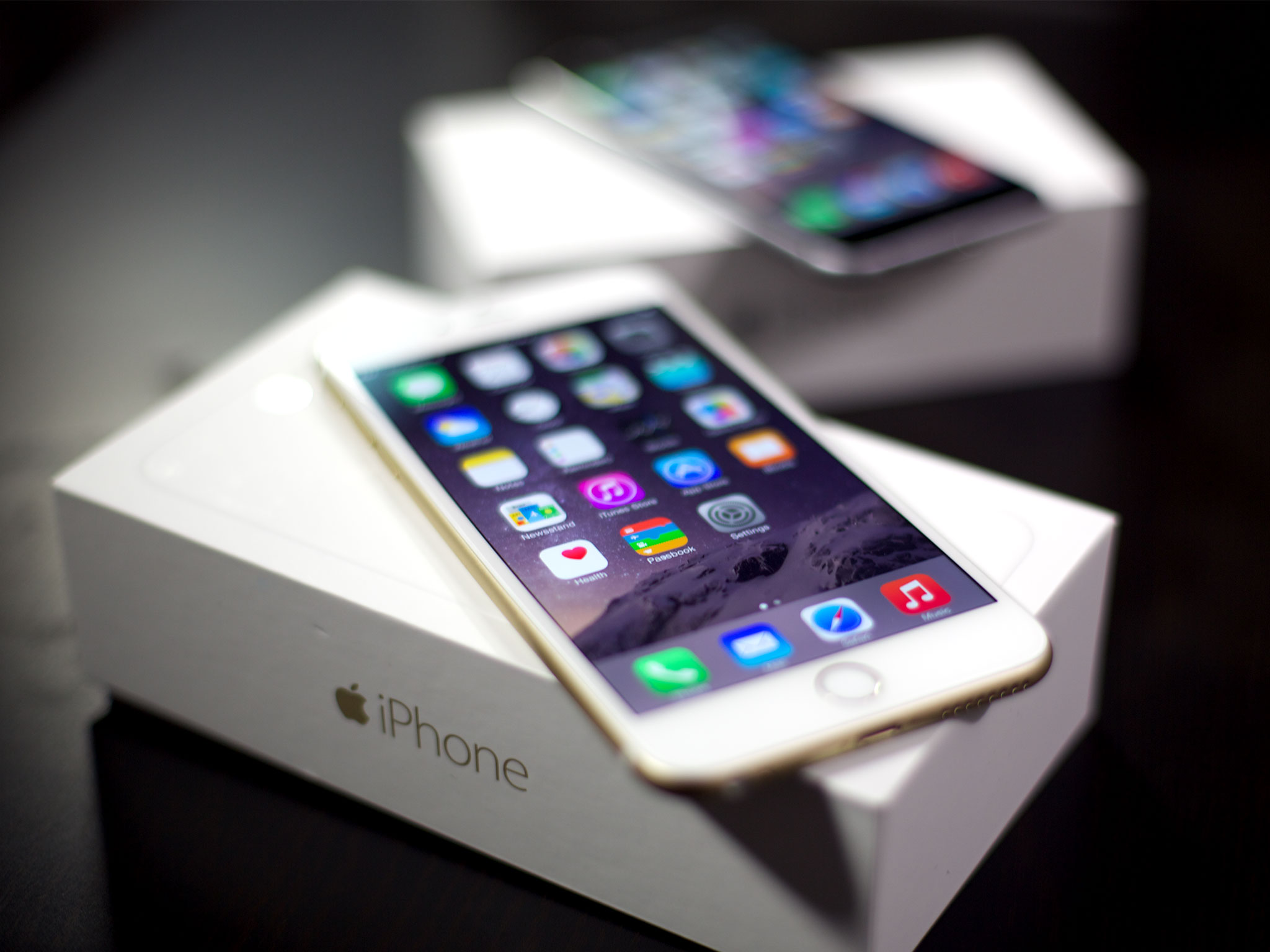Year after year Apple reports record profits and yet year after year "analysts" and "experts" frame the company as merely one step closer to its inevitable implosion and decline. Part of it is the problem is that they see Apple as continuously betting more and more, and each and every time they assume the odds against Apple increase. They don't understand that Apple isn't gambling but investing. They also don't understand the model Apple uses for mainstream innovation and iteration. John Gruber, writing for Daring Fireball
Juan Pablo Vazquez Sampere, writing for Harvard Business Review, "We Shouldn't Be Dazzled by Apple's Earnings Report":
But one thing has changed. Apple used to revolutionize industries, announcing record sales numbers because it had introduced a new technology, feature, or product that we had never imagined but that, when we saw it, we all instantly wanted. That Apple seems no longer present. In this instance, all Apple has done is copy a feature for its own best customers. While that's very effective for today, it does not solve the problem of tomorrow for a company that competes on serial innovation.
That one feature he's talking about is the larger display sizes for the iPhone 6. I'll reiterate that Apple has never been a company that serially produced revolutionary product after revolutionary product. Their revolutions have been very few and far between: Apple II, Macintosh, iPod, iPhone. Everything else is constant iteration and refinement.
I'd go a step further. Apple was on the leading edge of command line PCs with the Apple II and graphical interface PCs with the Mac, but there were digital music players before the iPod and smartphones before the iPhone. Many of the features that are often considered revolutionary about those products existed, piecemeal, in other products. What Apple did that was revolutionary was to carefully curate the most compelling interactions and capabilities, package them perfectly, and make them accessible and attractive to the mainstream.
That's where Apple's innovation, in the post NeXT-era, has taken place over and over again. It's what made the iPod the MP3 player, the iPhone the smartphone, the iPad the tablet, and may well make Apple Pay and the Apple Watch the mobile payment system and the smartwatch — even though Google Wallet and Galaxy Gear, among others, preceded them.
Then, after the innovation makes it available to anyone, the iteration makes it increasingly available to everyone.
That iteration happens by adding not only features but addressable markets. When AT&T became a limitation for the iPhone, Apple added Verizon. Recently they added China Mobile. When a 4-inch display became a limitation, Apple added 4.7- and 5.5-inch displays. When a 9.7-inch display became a limitation for the iPad, Apple added a 7.9-inch display. When consumer sales became a limitation, Apple added an IBM partnership.
With the iPod and Mac, Apple added different sizes, models, and price points. As one product begins to slow, another is positioned to take off. The iPod is on the decline but the iPhone is on the rise. The Mac and iPad relationship is more complicated, but likewise intertwined.
Apple is disrupting the conventional tenets of business even more than they are any particular product category in consumer electronics. There is something fascinating — in several ways unprecedented — going on with Apple right now. Rather than study it, understand it, describe it, and teach it, Sampere has chosen to deny that it's happening.
John's exactly right — Apple is offering value far beyond the cost of their products through design and integration, and it's not just flummoxing the Semperes of the world, it's flummoxing the Samsungs as well.

No comments:
Post a Comment